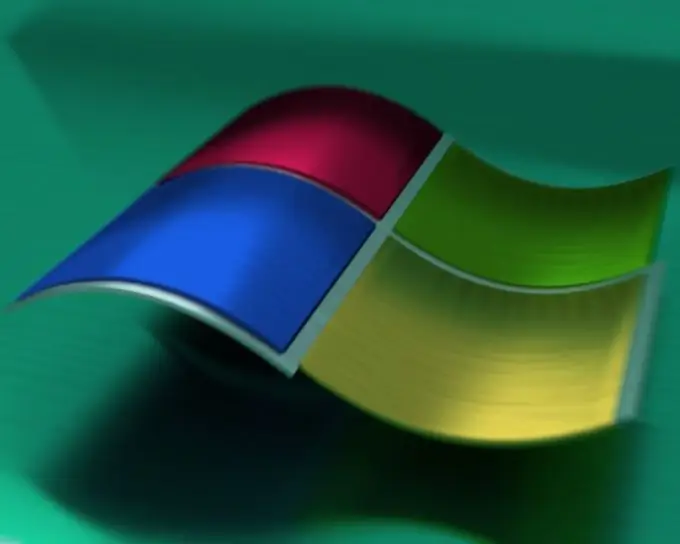The diagnostic mode, in which Windows boots in a minimal configuration, is called Safe Mode, or Safe Mode. If, after installing new hardware or new programs (for example, a driver for a device), the system does not work correctly or does not load at all, you can try to eliminate the cause of the failures in safe mode.

Instructions
Step 1
Turn on your computer. After the initial interrogation of the hardware, when information about the type of chipset and the amount of RAM appears on the screen, press the F8 key. If your computer has different operating systems, use the Up Arrow or Down Arrow keys to select the desired logical drive, and then press F8.
Step 2
The "Advanced Boot Options Menu" appears on the screen. Select "Safe Mode" with the arrow keys and press Enter. You will be asked to confirm that you are working in safe mode. Answer "Yes", otherwise the system recovery program will start. If the attempt to boot normally fails, "Menu" will be offered automatically.
Step 3
In this mode, only those drivers are loaded, without which the computer will not be able to run Windows: keyboard, mouse, disks, monitor and video adapter, standard system services. There is no way to work in the network. The video driver supports 16 colors and a resolution of 640x480 pixels.
Step 4
If problems started after installing new hardware, boot into Safe Mode, find the System icon in the Control Panel and double-click it to open it. Go to the "Hardware" tab and click "Device Manager". Click on the icon of the problematic device. A crossed-out image of the monitor appears in the top line - click on it to remove the device and drivers for it. Restart your computer normally. If the system is operating normally, there might be a hardware conflict.
Step 5
You can uninstall a new program from the "Control Panel" if troubles started after installing it. Select "Add or Remove Programs", find the suspicious utility in the list and click the "Remove / Replace" button. If after rebooting in normal mode, the problems disappeared, then you have found their cause.
Step 6
In addition to "Safe Mode", there are several additional boot options: - Safe mode with loading network drivers - it is possible to work in a local network. You can diagnose from a remote computer;
- Safe mode with command line support - the command line is displayed instead of the graphical interface;
- Enable VGA Mode - Standard VGA driver is supported. This mode can be used if a new video driver is the cause of failures or the set resolution of the monitor is not supported;
- Loading the last successful configuration - Windows will boot with the parameters that were saved after the last successful work. Rollback points are created automatically unless the user cares about it;
- Debug mode - useful if the system unit is connected to another computer with a direct cable connection. Debug data is transferred to the connected computer;
- Enable boot logging - the boot log is written to the Ntbtlog.txt file






